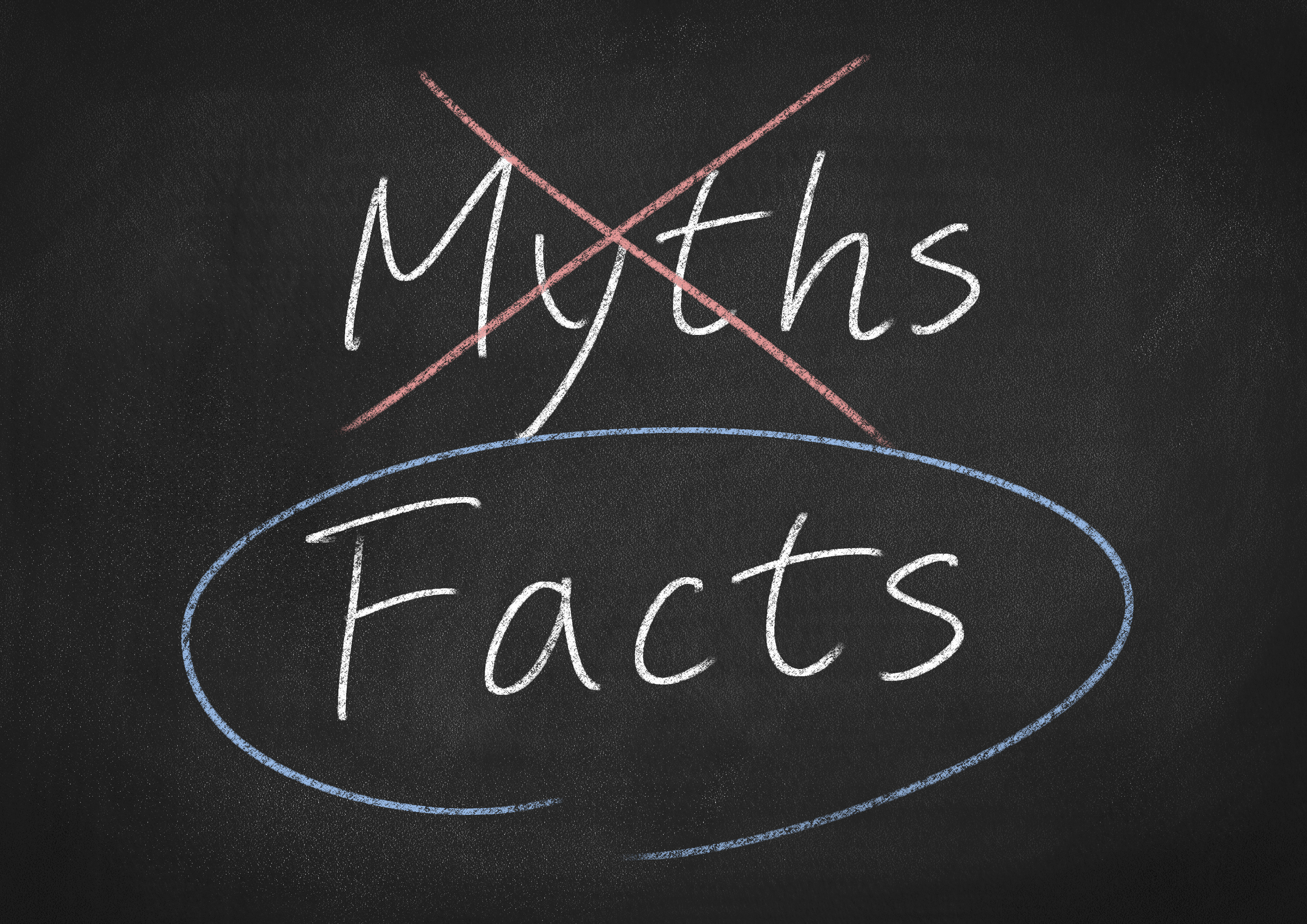That might be your view of the thread, but it's a little different from mine. I'm not 'searching for a technical description' but, rather, are suggesting that, whatever the industry may have decided, I don't personally think it particularly reasonable (or helpful/useful) that people get criticised for saying that something is "double-insulated" when, in terms of everyday English, that is precisely what it is!My point was that this thread seems to be a search for a definition of 'double insulated'. The only place you are going to find a definition is in a Technical Standard that uses the phrase.
I know that technical definitions can sometimes cause difficulty and confusion for 'lay people', but I do think it would be a pretty stupid industry which defined a phrase in a manner which made the usual English use of the phrase 'incorrect'!
Kind Regards, John


